Patent ductus arteriosus (PDA) is a congenital heart condition where there's an ongoing opening between two major blood vessels. This happens when the usual closure of a vessel, called the “ductus arteriosus”, doesn't occur after birth. While a small PDA may not pose issues and might not need treatment, a larger, untreated one can lead to complications like weakened heart muscles and heart failure. Treatment options include regular checkups, medications, or a procedure to close the opening if necessary.
The exact reason why DA remains open (patent) in some infants is still unknown. However, girls are twice as likely to suffer from PDA as boys. Additionally, PDA may occur in combination with other heart defects as well.
PDA, if left untreated, may lead to several complications. Because of the flow of oxygenated blood from the aorta to the pulmonary artery and the mixing of blood, the vessels of the lungs have to handle a large amount of blood. The larger the volume of blood that enters the pulmonary artery, the greater they have to cope with the increased pressure. This may lead to long-term damage to the lungs.
Patent Ductus Arteriosus (PDA) can be classified into different types based on various factors such as size, clinical presentation, and associated conditions. The primary types include:
The classification helps healthcare professionals tailor treatment plans based on the specific characteristics and needs of individuals with Patent Ductus Arteriosus.
Symptoms of Patent Ductus Arteriosus (PDA) vary with the size of the opening and the person's age. In some cases, a small PDA may not show any symptoms, and some people might not notice them until adulthood. However, a large PDA can lead to symptoms of heart failure shortly after birth.
For infants or children with a significant PDA, symptoms may include
Diagnosis of Patent Ductus Arteriosus (PDA) typically involves a combination of clinical evaluation and various diagnostic tests. Common diagnostic methods include:
PDA closure is performed under the influence of a general anesthetic (GA) using the heart catheterization procedure. During the closure, the surgeon places a closure device into the catheter. A typical PDA closure device is made up of mesh and metal material. It is a short tube with discs of different sizes on both ends. The device is folder before its insertion into the catheter.
The device is moved out of the catheter upon reaching the right place. One of the appropriate discs opens up when the device is moved out of the catheter. It acts like a plug and seals off the PDA, stopping the flow of oxygenated blood to the pulmonary artery.
The catheter is usually inserted into a blood vessel in the groin region. The catheter is gently moved up to reach the site of PDA. The closure device is threaded through to reach the PDA site and is placed in the targeted position. Once the device is in place, the catheter is withdrawn and the site of catheter insertion is bandaged.
The procedure takes one to three hours to complete. As soon as the procedure is over, the child is transferred to the recovery room and is kept there as long as the effect of the GA fades off. Most of the children are discharged on the same day as the PDA closure procedure. However, they will be required to stay in the hospital for at least four to six hours after the surgery.
Some children, however, will be required to stay in the hospital overnight. They are transferred to the inpatient unit after the effect of the GA is over. A chest X-ray is conducted the next day in the case of all patients to check the position of the closure device. Children who are discharged on the same day of the procedure must be brought to the hospital again the next morning for an X-ray.
The surgeon may prescribe a few antibiotics after the surgery to prevent heart infection known as infectious endocarditis. It is common for premature infants or infants with larger PDA to become tired of feeding. Therefore, care must be taken to high-calorie formula or breast milk them for normal growth and development.
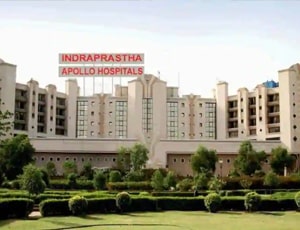
Delhi, India
Equipped with more than 50 specialty institutes, Indraprastha Apollo was started with the vision of ...more
![]() Private Driver / Limousine Services
Private Driver / Limousine Services
![]() International Cuisine
International Cuisine
![]() Phone in Room
Phone in Room
![]() Online Doctor Consultation
Online Doctor Consultation
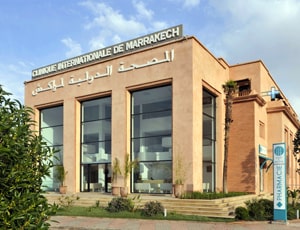
Marrakesh, Morocco
History Clinique Internationale Marrakech is opened to provide world-class medical services to the ...more
![]() Airport Transfer
Airport Transfer
![]() Choice of Meals
Choice of Meals
![]() SIM
SIM
![]() TV inside room
TV inside room
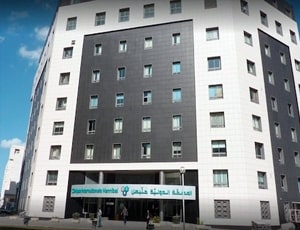
Tunis, Tunisia
History Opened with the commitment of Quality services, Highest quality care, Respect for your priv...more
![]() Airport Transfer
Airport Transfer
![]() Choice of Meals
Choice of Meals
![]() Interpreter
Interpreter
![]() SIM
SIM
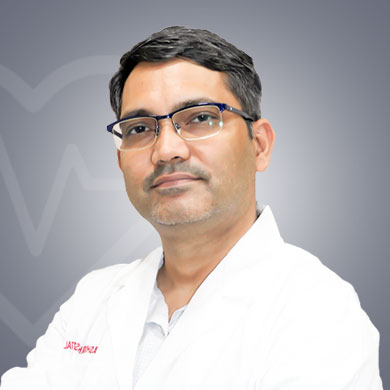
Pediatric Cardiologist
Faridabad, India
10 of experience
USD 45 for video consultation
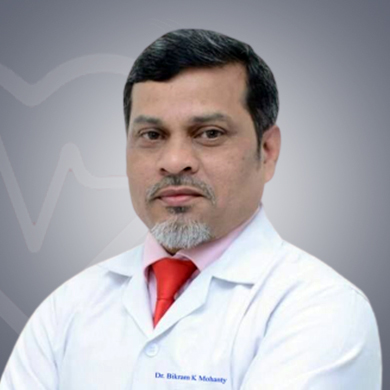
Cardio Thoracic & Vascular Surgeon
Delhi, India
27 Years of experience
USD 42 for video consultation

Pediatric Cardiologist
Delhi, India
23 Years of experience
USD 50 for video consultation

Pediatric Cardiac Surgeon
Faridabad, India
14 of experience
USD 40 for video consultation
Q: Is surgical Patent Ductus Ateriosus(PDA) closure mandatory for all patients with PDA?
A: No, surgical PDA closure is not mandatory for all patients. Its requirement depends on the age, overall health, and medical history of the child. The surgeon may first decide to administer a few medications which may help with the closure of PDA. But in some cases, surgical PDA repair is recommended as the first line of treatment to prevent the lungs from getting diseased.
Q: What closes the PDA?
A: The PDA is closed with the help of a device, which is a type of mesh. This device has discs and one of them open up when placed in the right position.
Q: Can PDA close on its own?
A: A small PDA may close on its own during the first few weeks or months of life. However, the larger ones may require medical or surgical intervention
Q: Is a PDA genetic?
A: A family history of heart defects does increase the risk of PDA, however, it is not purely genetic. It is more common in babies who are born earlier than the expected date of delivery.
Q: Is PDA cyanotic or acyanotic?
A: It is acyanotic.
Q: Which drugs are used to close PDA?
A: Nonsteroidal anti-inflammatory drugs (NSAIDs) such as ibuprofen may be used to close a PDA.